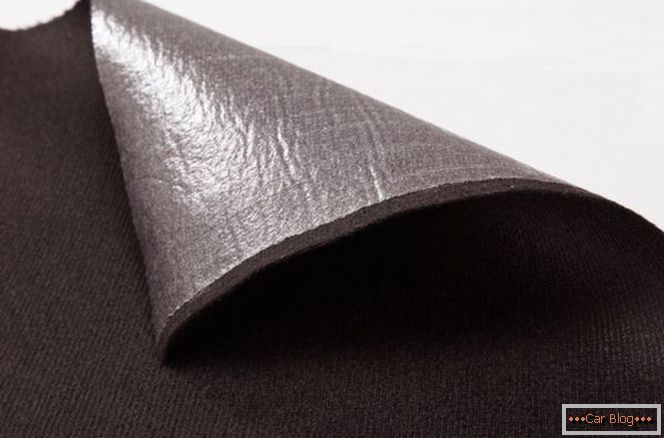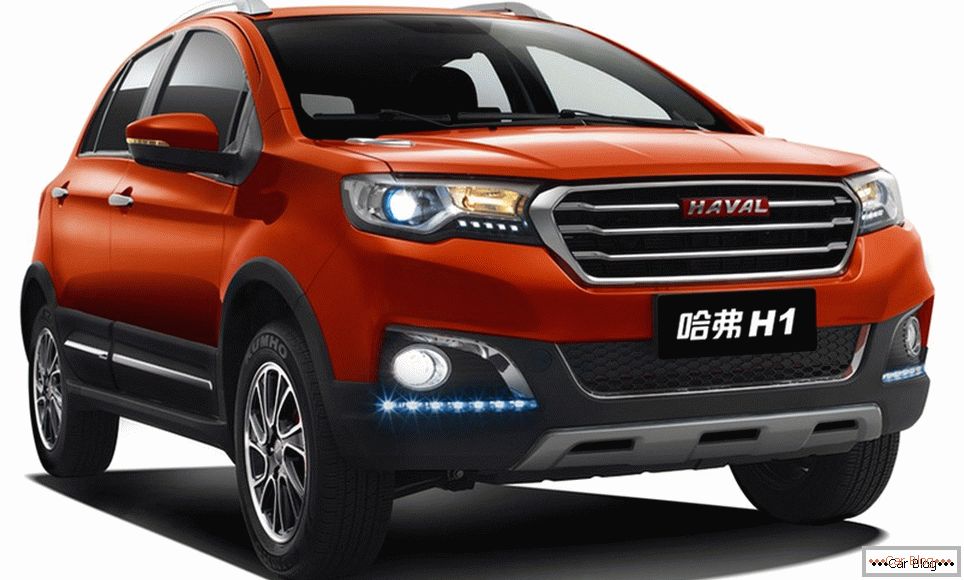>
Modern manufacturers of car tires offer a choice of two options - tube and tubeless tires. Every driver knows that tube tires are significantly inferior in terms of tubeless performance. But this is not enough to make no mistake when choosing them, because there are other parameters.
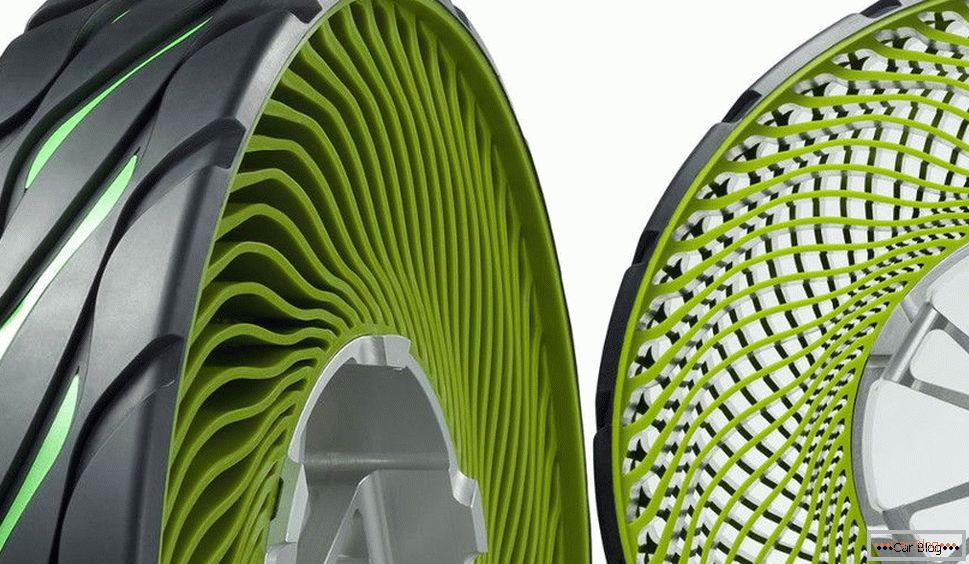 Читать дальше о том, как правильно выбрать бескамерные шины-->
Читать дальше о том, как правильно выбрать бескамерные шины-->
Advantages of tubeless tires
If we are talking about the merits of tubeless products, then here, first of all, it is necessary to highlight their safety, namely, the ability to maintain pressure in the tire after a puncture for a long time. The air from the tire comes out only at the puncture site, whereas it leaves the entire tire almost immediately from the chamber tire. In the case when the cause of a puncture is a small object (for example, a nail), the air goes out of it for a very long time.
The next advantage is the low weight of the tire (compared to the chamber tire), which allows removing a significant part of the load from the wheel hubs, bearings, and suspension. This prevents the tire from rapidly heating up when traveling a considerable distance or at high speed.
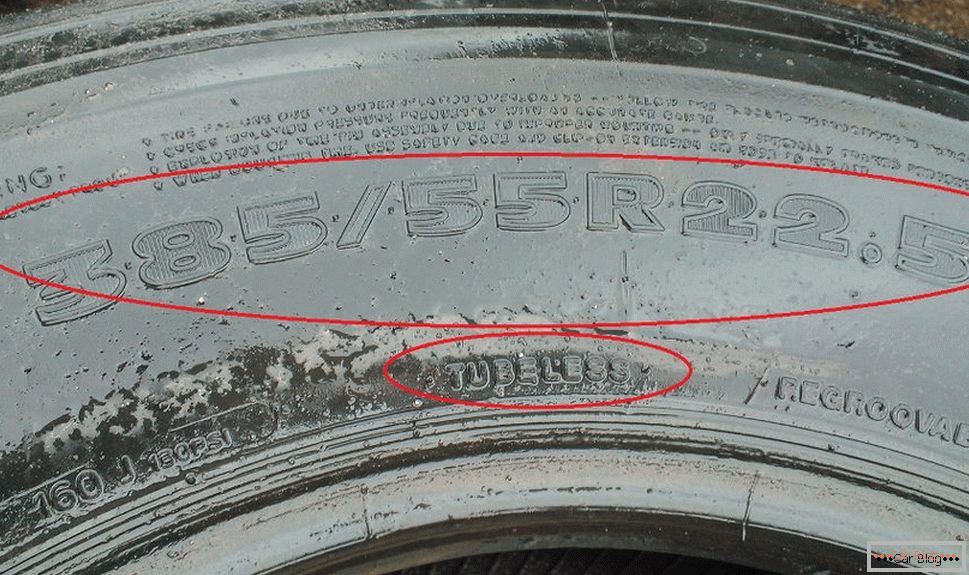
Experts strongly recommend not to put cameras in tubeless tires - this will lead to the most disastrous consequences. The motive for this is often the desire to maximally “strengthen” the rubber with a camera. During the ride between the tubeless tire and the additional “bottom” of the chamber, an “air bubble” is formed, which then becomes the cause of overheating of the materials.
Selection of tubeless tires
All tubeless tires on the side are marked “Tubeless”, while tires with cameras are marked “Tube Type”. The first sign on which it is necessary to choose tires is their seasonal class. Today there are:
- Summer;
- Winter;
- All-season.
Distinguish them in composition, internal design, but the main criterion is the tread pattern.

A set of tools for repairing tubeless tires
Summer tires
Summer tires should be used in the warm season and preferably on good roads. The tread pattern consists of small (compared to the winter version) grooves, as well as minor thin cuts (lamellae). Due to the fact that such a pattern reduces the resistance of the inertia of the car, fuel consumption and noise caused by movement are significantly reduced. Also, summer tires are the most durable among all.
Winter tires
Winter tires are distinguished by marking “M + S” on the side (sometimes there is marking with an additional “W”). They are designed specifically for use in low temperature conditions. Thanks to a special tread pattern (deep, massive channels, a large number of slats and thin slots), these tires provide better grip with a wet or slippery coating. But there are some disadvantages - more noise when driving, more fuel consumption, less durability.
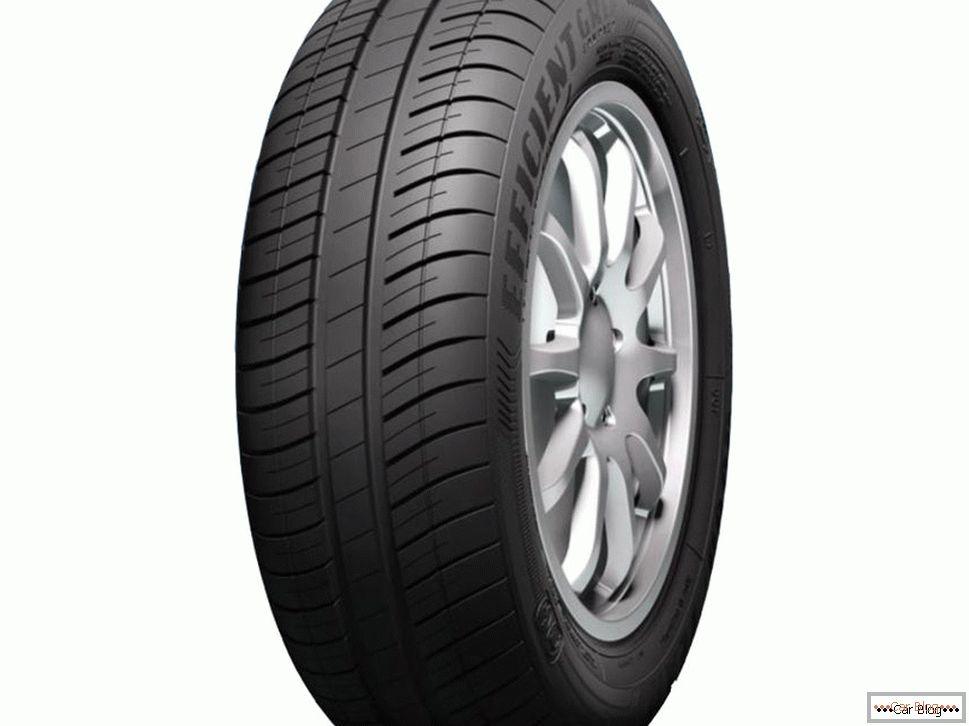
 Discounts for new cars! Profitable loan from 9.9% installments 0%
Discounts for new cars! Profitable loan from 9.9% installments 0%  adom.ru
adom.ru
Tubeless winter tires are divided into several groups:
- Studded;
- Non-studded;
- Combined.
Studded tires are initially sold with mounted spikes (the manufacturer does not recommend using such tires without them). Their main advantage is a small stopping distance and excellent grip on slippery road. But they have a number of drawbacks that manifest themselves on a normal road surface, namely, a large stopping distance, a high level of noise. You also need to take into account the fact that during emergency braking there is a possibility of wheel locking.
In most countries of the world, a law has been passed that prohibits the use of studded rubber - it causes a significant deterioration of the road surface. However, technology has allowed manufacturers to find a solution - modern studless winter tires have better grip than studded.
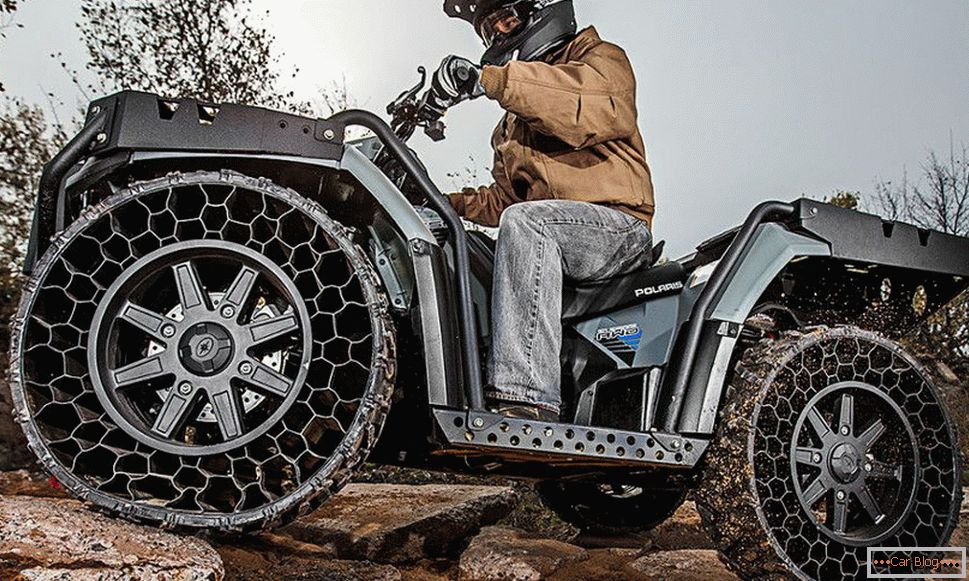
The future for tubeless tires without air pumping
Combined tires imply the possibility of using rubber with or without spikes. Spikes are installed in service centers.
All season tires
Such tires are marked with AS or AW symbols (more rarely, “Any Seasons” and “Any Weather”). Most modern drivers mistakenly believe that the use of all-season rubber is an excellent compromise. In fact, the opposite is true - they are significantly inferior in terms of both summer and winter tires. For small advantages, you have to pay with the aggravation of shortcomings - in the summer, tires wear more and make noises, consumption increases, and in winter, grip with the road surface worsens.
Other types of tires
Modern manufacturers in their developments do not stand still. The largest companies offer their designs (most accurate calculations, computer drawing, modern tread design) as a tool to get away from the division into seasons. Today it is possible to expand the capabilities of tires without losing indicators. For example, there are tires that are distinguished by high wear resistance and lower fuel consumption in summer, as well as increased grip with a wet and slippery road surface and low noise levels in winter.
Another class of tires developed by one of the companies, rain, should also be highlighted. Their difference is a special tread pattern. In the middle there passes a wide channel, which, as it were, divides the wheel in half along. Each half contains transverse cuts through which water is instantly displaced from under the wheel. This avoids the possibility of sliding on the water on the road when driving fast.
Rain tires are not yet allocated to a separate class of tires, but when you mention it, they usually mean summer tires. Some manufacturers apply the label “Aqua” or “Rain” on such products.
As you can see, in order to choose tubeless tires for a car, you need to have some knowledge of the markings and design features of rubber. If you have already encountered a similar choice, share comments under this article.


